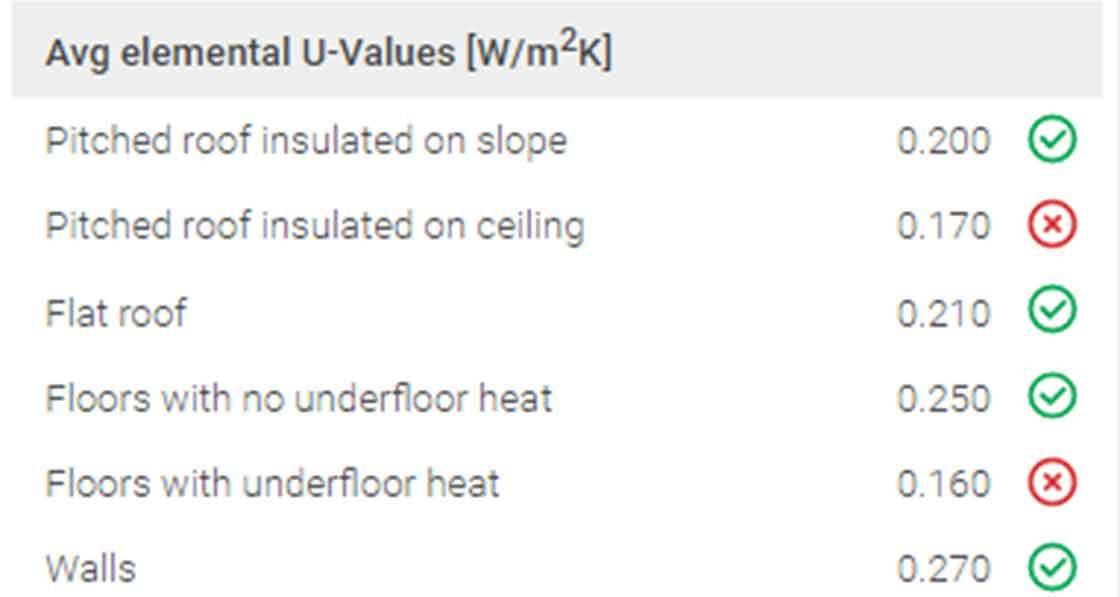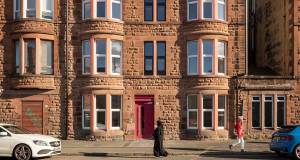
- NZEBs
- Posted
Software errors create false NZEB compliance picture
Teething problems with the software used to generate Building Energy Ratings and determine compliance with Part L of the building regulations may be rendering it unfit for purpose, Passive House Plus can reveal.
This article was originally published in issue 32 of Passive House Plus magazine. Want immediate access to all back issues and exclusive extra content? Click here to subscribe for as little as €10, or click here to receive the next issue free of charge
The new web-based version 4.2.0 of the Dwelling Energy Assessment Procedure (DEAP), the tool used to determine compliance with Part L of the building regulations, is suffering from a number of glitches and errors, including incorrectly marking non-compliant insulation levels as compliant in the case of new homes.
Passive House Plus used the software to generate DEAP calculations for two new hypothetical homes – respectively checked for compliance against the 2011 and 2019 versions of Part L. U-values of 0.20 and 0.21 were selected respectively for pitched roofs insulated on the slope, pitched roofs insulated on the ceiling and flat roofs, along with a U-value of 0.27 for walls, 0.25 for floors without underfloor heating, and 0.16 for floors with underfloor heating. Only the U-values for pitched roof insulated on the ceiling and floors with underfloor heating were correctly shown to be non-compliant. The compliance gap was most pronounced in the case of wall U-values – where a backstop U-value of 0.27 in both sets of calculations was incorrectly marked as compliant in spite of that backstop dropping to 0.21 in 2011 and 0.18 in 2019.
An SEAI spokesperson said: “We are aware of the issue you reference which relates to the backstop U-values. This affects the on-screen display of information on the results tab but does not affect the Part L compliance report produced by the DEAP 4 software. Overall compliance with Part L for EPC [energy performance coefficient], CPC [carbon performance coefficient] and RER [renewable energy ratio] is not affected. A fix is planned as part of a scheduled DEAP software release in the coming weeks.”
BER assessors contacted by Passive House Plus reported a number of other issues with the new software, including concerns relating to the accuracy of the calculations, and regarding the workload required to manually add information, including a seemingly poorly defined requirement to upload evidence ranging from letters of engagement to external photos of the building, to elements – with no guidance provided as to what constitutes sufficient evidence – such as ventilation, space heating, water heating, lighting and “building".
One assessor reported a case where a reputable heat pump was ascribed an efficiency of 50% when DEAP 3 listed it at over 370% efficient, along with a case of an existing dwelling jumping from a D to B rating just by clicking a heating controls button.
Meanwhile, based on analysis of data from SEAI’s National BER Research Tool, 92 BERs for new homes built to Part L 2019 have been completed at the time of writing – including 55 final BERs and 37 provisional. An SEAI source told Passive House Plus that this surprisingly high early total – given that the latest version of TGD L only kicked in from 1 November – likely relates to developers wanting to build the early phases of new schemes to NZEB standards, to avoid disparity between different phases.
While the sample size is too small to draw any conclusions yet about changes in build specifications, an apparent anomaly exists in the data regarding ventilation systems. While heat recovery ventilation and whole house extract ventilation dominate, with 36 and 33 dwellings respectively, the issue concerns the 23 homes where natural ventilation has been specified. Under changes introduced to TGD F to coincide with the new NZEB requirements in TGD L, the use of natural ventilation is only supported where a home has an airtightness q50 result of between 3 and 5m3/hr/m2 @ 50 Pa. Only three of the 23 BERs for naturally ventilated homes assessed to the new TGD L sit within this airtightness range. Eight homes inputted a q50 on the wrong side of the new TGD L backstop of 5m3/hr/m2, including seven at the 2011 backstop of 7m3/hr/m2, while six BERs contained a q50 of zero – indicating data entry errors – with a further seven posting a q50 score of below 3m3/hr/m2. An SEAI source pointed out that the data entry errors – as distinct from correctly inputted non-compliant values – may be picked up by SEAI’s audit process, but that the BERs would only be unpublished where the net score changes by 7.5% or more, gross score (taking account of errors that cause calculated energy demand to fall and rise respectively) changes by 15% or more, or where a BER rises or falls a grade as a consequence.







